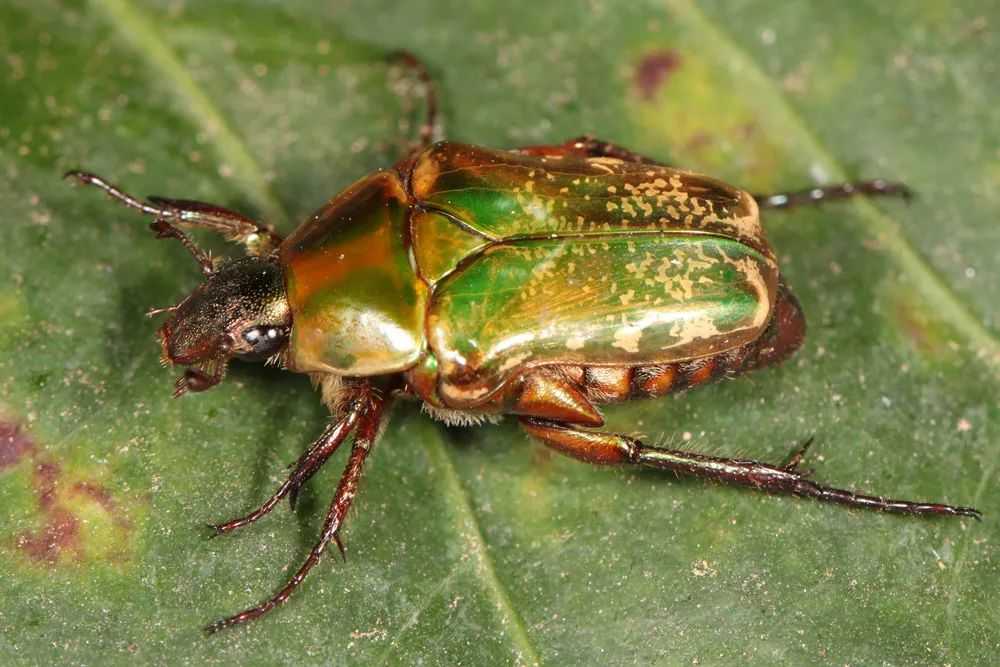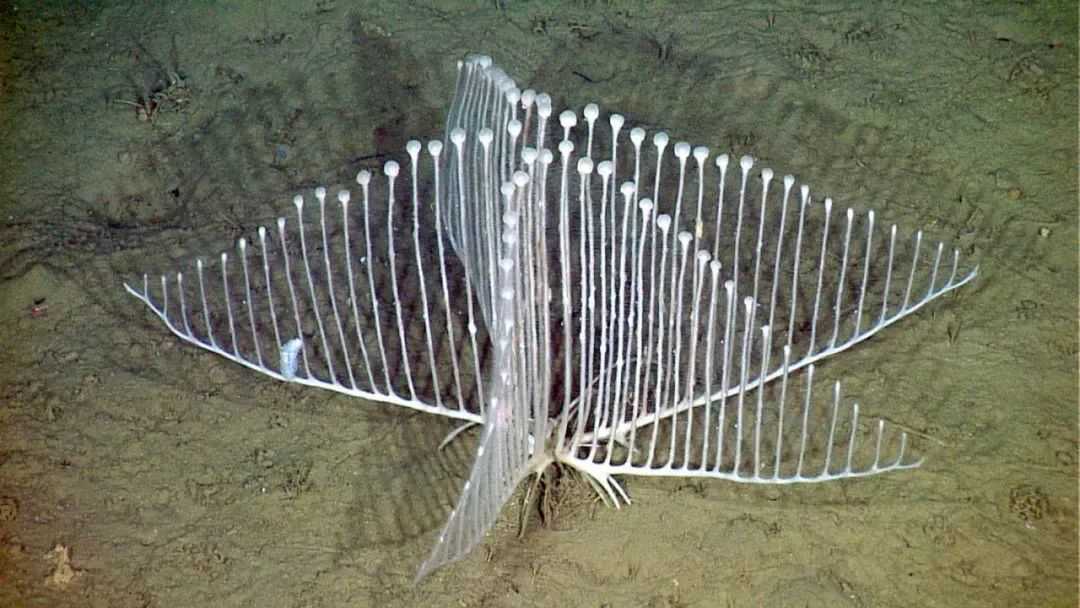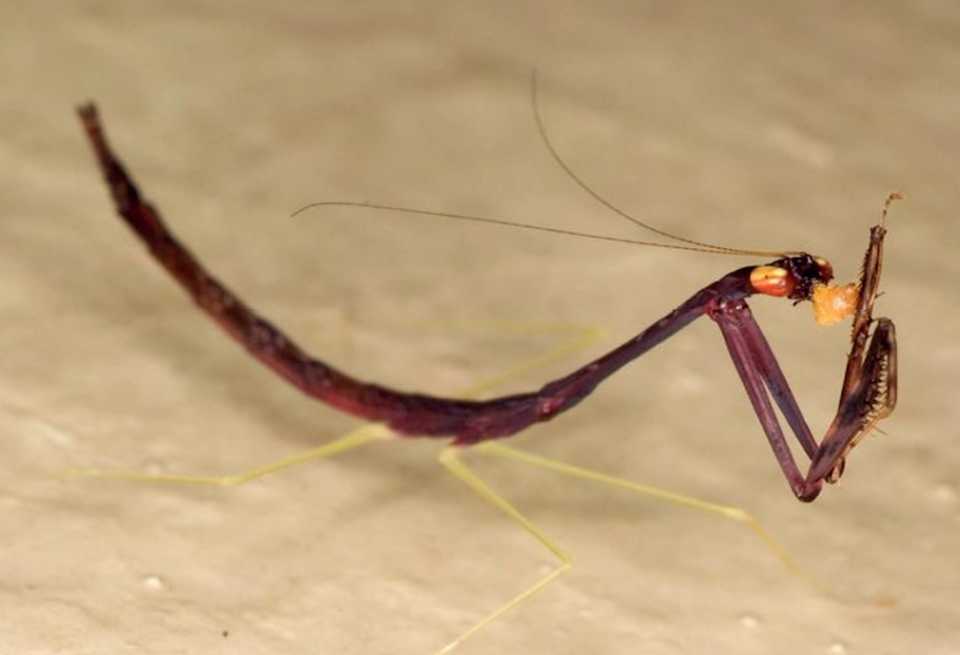Contrary to a common misconception, barracudas do not inject venom into their prey. Instead, their hunting prowess relies on brute force and precision. Using their keen eyesight to spot targets, they ambush fish, squid, and crustaceans with explosive bursts of speed, clamping down with their jagged teeth to incapacitate or kill. Their teeth are designed for gripping and tearing, allowing them to consume large chunks of flesh or swallow smaller prey whole. This predatory efficiency has earned them a reputation as fearsome apex predators in many marine ecosystems.
While barracudas are often portrayed as aggressive threats to humans, unprovoked attacks are rare. Most incidents involve curious divers or swimmers inadvertently approaching too closely, especially in murky waters where the fish may mistake them for prey. In some regions, barracudas are valued as game fish, though their flesh can sometimes carry ciguatoxin, a naturally occurring toxin that poses a risk to humans who consume contaminated fish. As both and symbols of the ocean’s wild power, barracudas play a vital role in maintaining marine biodiversity by controlling prey populations. Their presence in healthy ecosystems serves as a reminder of the intricate balance of life beneath the waves—and the respect demanded by nature’s most efficient predators.










